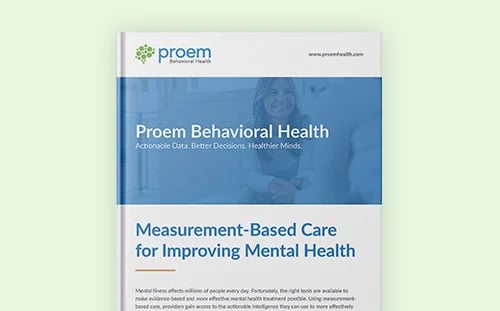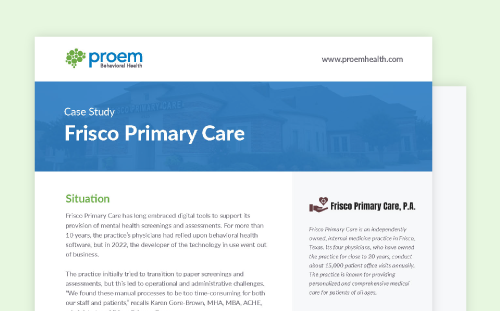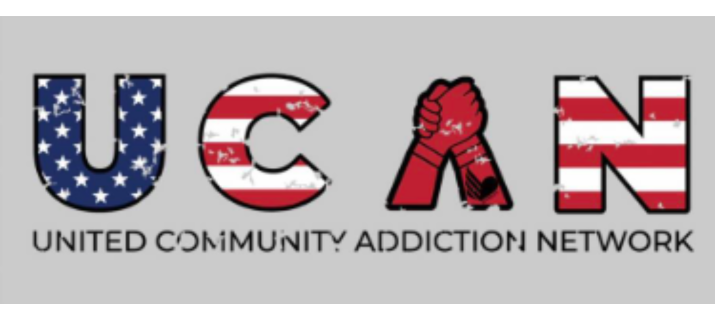
Every September, we observe National Recovery Month. As the Substance Abuse and Mental Health Services Administration (SAMHSA) notes, this national observance is intended to increase public awareness surrounding mental health and addiction recovery, promote evidence-based treatment and recovery practices, support those in the nation's strong and proud recovery community and recognize the dedication of service providers and communities who help make recovery possible.
To bring increased attention to this important month, we're sharing 16 statistics and facts about mental health and addiction recovery.
16 Mental Health and Alcohol / Drug Addiction Recovery Facts & Figure
-
SAMHSA started National Recovery Month in 1989 but it was under a different name: "Treatment Works! Month," notes the Recovery Research Institute. This was intended to honor the work of addiction professionals. In 1998, the month was renamed "National Alcohol and Drug Addiction Recovery Month" to continue honoring the work of healthcare professionals in the addiction field and draw attention to those struggling with substance use disorder (SUD). In 2011, SAMHSA gave the month its current name: National Recovery Month.
-
Approximately half of the people with severe mental disorders also experience SUD.
-
Similarly, 37% of alcohol abusers and 53% of drug abusers also have at least one serious mental illness.
-
Up to 65% of people living with a serious mental illness experience partial to full recovery over time.
-
Recently published research further supports the potential for recovery from mental illness. Psychologists reviewed data on about 23,500 Canadians. About one-third had experienced various mental illnesses throughout their lifetime. About two-thirds recovered, and nearly 10% of that subsample achieved what was described as "optimal well-being."
-
A survey found that about 21 million Americans live in recovery after some form of SUD.
-
A study found that 3 out of 4 people who experience addiction eventually recover.
-
A national survey found that nearly 30 million Americans ages 12 and older had alcohol use disorder (AUD), a brain disorder characterized by an impaired ability to stop or control alcohol use despite adverse social, occupational or health consequences. Nearly 900,000 adolescents ages 12 to 17 had AUD. Yet less than 5% of people with past-year AUD received any treatment.
-
Data indicates that about 23 million past-year users of alcohol and 10 million past-year users of drugs other than alcohol reported they were using these substances "a little more or much more" than before the COVID-19 pandemic began
-
About 11% of adult Americans reported having a substance use disorder in the previous year.
-
About 9% of adults Americans reported having at least one drug disorder in the previous year.
-
About 43 million adults (about 15% of the population) reported having an AUD or illicit drug disorder in the previous year.
-
About 5.6 million people in the United States suffer from opioid use disorder (OUD).
-
Only about 13% of people with drug use disorders receive any treatment.
-
Only about 11% of people with OUD receive one of the three safe and effective medications that could help them quit and remain in recovery.
-
The average number of attempts before SUD recovery success is achieved is five. However, the median number is two. As STAT notes, this points to a "small number of outliers — usually individuals with the greatest addiction severity and other concomitant mental health issues — who need five-plus attempts," which inflates the numbers.
Sources:
- Alcoholism: Clinical and Experimental Research
- Centers for Disease Control and Prevention
- Clinical Psychological Science
- Drug and Alcohol Dependence
- Health Affairs
- HelpGuide
- Mental Health America
- National Alliance on Mental Illness
- National Institute on Alcohol Abuse and Alcoholism
- Recovery Research Institute
- Substance Abuse and Mental Health Services Administration
- University of South Florida












